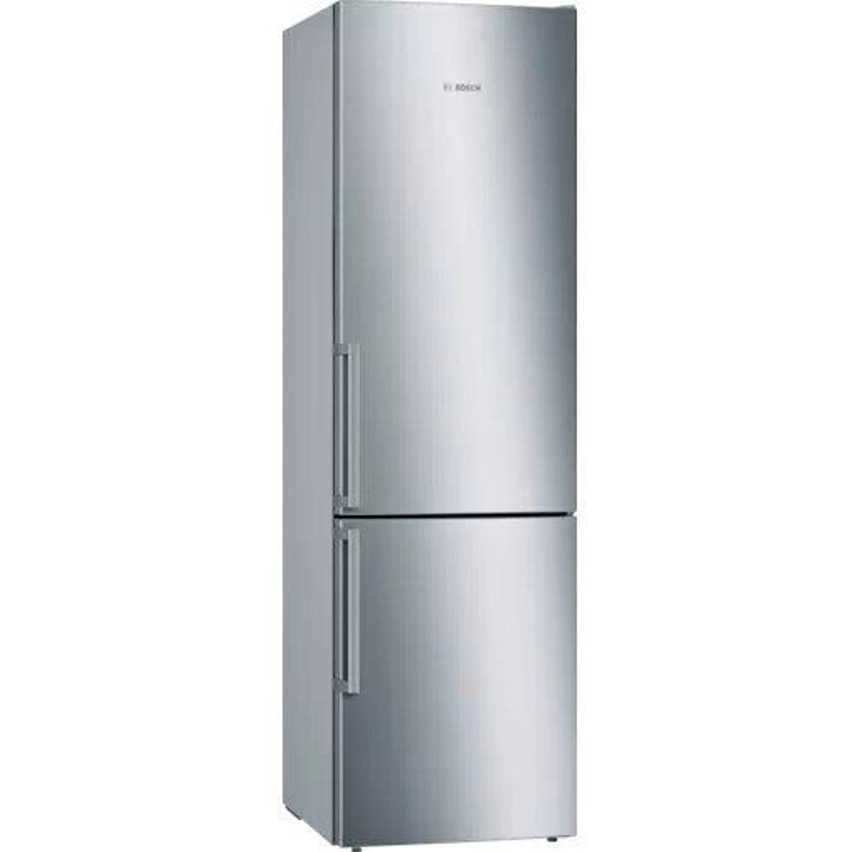What's The Job Market For Refrigerator With 0-Degree Zone Test Professionals Like?
Exploring the 0-Degree Zone in Refrigeration: A Comprehensive Test
Fridges are a staple in modern-day kitchens, crucial for maintaining food quality and guaranteeing it lasts longer. One feature that has actually gathered attention in recent years is the 0-degree zone, typically touted as a perfect solution for storing meats, fish, and other perishables. But what does the 0-degree zone require, and is it truly reliable? In this blog post, we will delve into the idea of the refrigerator's 0-degree zone, carry out an extensive test of its abilities, and address typical questions surrounding this function.
What is a 0-Degree Zone?
A 0-degree zone refers to a specialized area within a refrigerator created to preserve a temperature level around 32 ° F(0 ° C). This temperature is optimal for keeping disposable products fresh without freezing them. While standard refrigeration runs at somewhat above freezing temperatures (normally in between 32 ° F and 40 ° F ), the 0-degree zone aims to extend the freshness of products that are more vulnerable to wasting.
Key Benefits of the 0-Degree Zone
- Extended Freshness: Ideal for storing meats and fish, the cold temperature level can assist decrease bacterial growth.
- Maintained Quality: Fruits and vegetables can keep their texture and flavor longer when stored at this ideal temperature level.
- Decreased Spoilage: Prevents freezer burn for products that are generally kept in regular freezer compartments.
The Test: Evaluating Refrigerator 0-Degree Zones
To evaluate the effectiveness of the 0-degree zone, a range of fridges, equipped with this function, were evaluated for their performance over a two-week duration. Food items frequently kept in this area were kept an eye on, including beef, chicken, fish, fruits, and vegetables. Here's a breakdown of the approach and results.
Test Methodology
- Fridges Selected: Five various designs featuring 0-degree zones.
- Items Stored:
- Ground beef
- Chicken breasts
- Salmon fillets
- Strawberries
- Carrots
- Temperature Monitoring: Internal temperature levels were logged daily utilizing exact thermometers placed in the 0-degree zone.
- Quality Assessment: At the end of the two-week period, visual assessments and trial run were performed.
Test Results
Table 1: Temperature Consistency Across 0-Degree Zones
Refrigerator Model
Typical Temperature ( ° F)Fluctuation Range ( ° F
) Model A
32.5
31.0 to 34.0
Design B
31.8
30.0 to 33.0
Design C
32.2
31.5 to 34.5
Model D
32.0
31.0 to 33.5
Design E
30.5
29.5 to 31.5
Table 2: Quality Assessment of Food Items After Two Weeks
Food Item
Refrigerator Model A
Design B
Design C
Design D
Model E
Hamburger
Fresh
Fresh
A little Discolored
Spoiled
Spoiled
Chicken Breasts
Fresh
Fresh
A little Dry
Spoiled
Ruined
Salmon Fillets
Fresh
Fresh
Fresh
A little Dry
Spoiled
Strawberries
Fresh
Slightly Soft
Fresh
Ruined
Ruined
Carrots
Crisp
Crisp
Slightly Wilted
Soft
Spoiled
Observations From the Test
Temperature Consistency: All tested fridges kept temperatures near to the wanted 0-degree mark. However, Trivio Handel and Model B revealed remarkable consistency with very little fluctuation, making them more trusted for protecting food.
Food Preservation: Items kept in Model A and Model B showed minimal signs of spoilage, while those in Models D and E displayed considerable degeneration, especially the meat items.
Wetness Retention: The refrigeration designs, in spite of preserving low temperatures, handled to maintain the wetness levels of the food effectively, especially in Models A and B.
The 0-degree zone in modern-day refrigerators provides an important enhancement for those looking for to prolong the life of their disposable goods. This feature stands out for its capability to preserve ideal temperature levels while lowering spoilage and retaining food quality.
FAQs
1. What kinds of food are best suited for the 0-degree zone?
Foods that take advantage of storage in the 0-degree zone include meats, seafood, prepared meals, some dairy items, and particular fruits and vegetables that do not freeze well.
2. How can I tell if my refrigerator has a 0-degree zone?
Inspect your refrigerator's user handbook or the temperature level controls. Lots of brands consist of a particular compartment identified as the 0-degree zone or similar phrasing.
3. Is it safe to save food in the 0-degree zone?
Yes, provided that the temperature consistently stays around the 0-degree mark. Keeping food at this temperature helps limit bacteria development while maintaining freshness.
4. Can the 0-degree zone be adjusted?
In many refrigerators, the temperature settings for the 0-degree zone can be adjusted, but it's recommended to keep it near or at 32 ° F for ideal outcomes.
5. The length of time can food last in the 0-degree zone?
This can vary depending on the type of food. Meat and fish can last longer than in a routine fridge but check specific standards for best practices on storage times.
In conclusion, purchasing a refrigerator with a 0-degree zone not only boosts food conservation practices but likewise makes sure that your active ingredients keep their quality and taste. By checking out numerous designs and their abilities, customers can make informed choices that suit their food storage needs.
